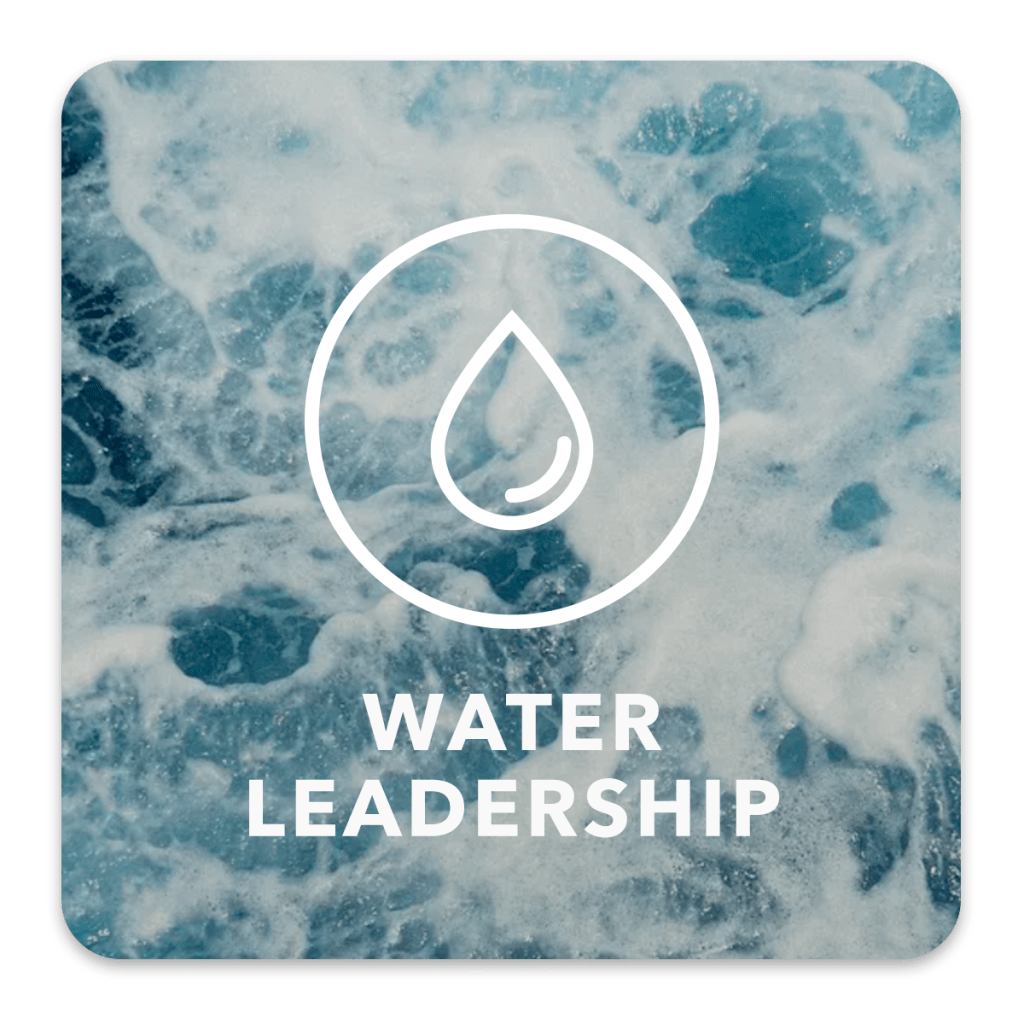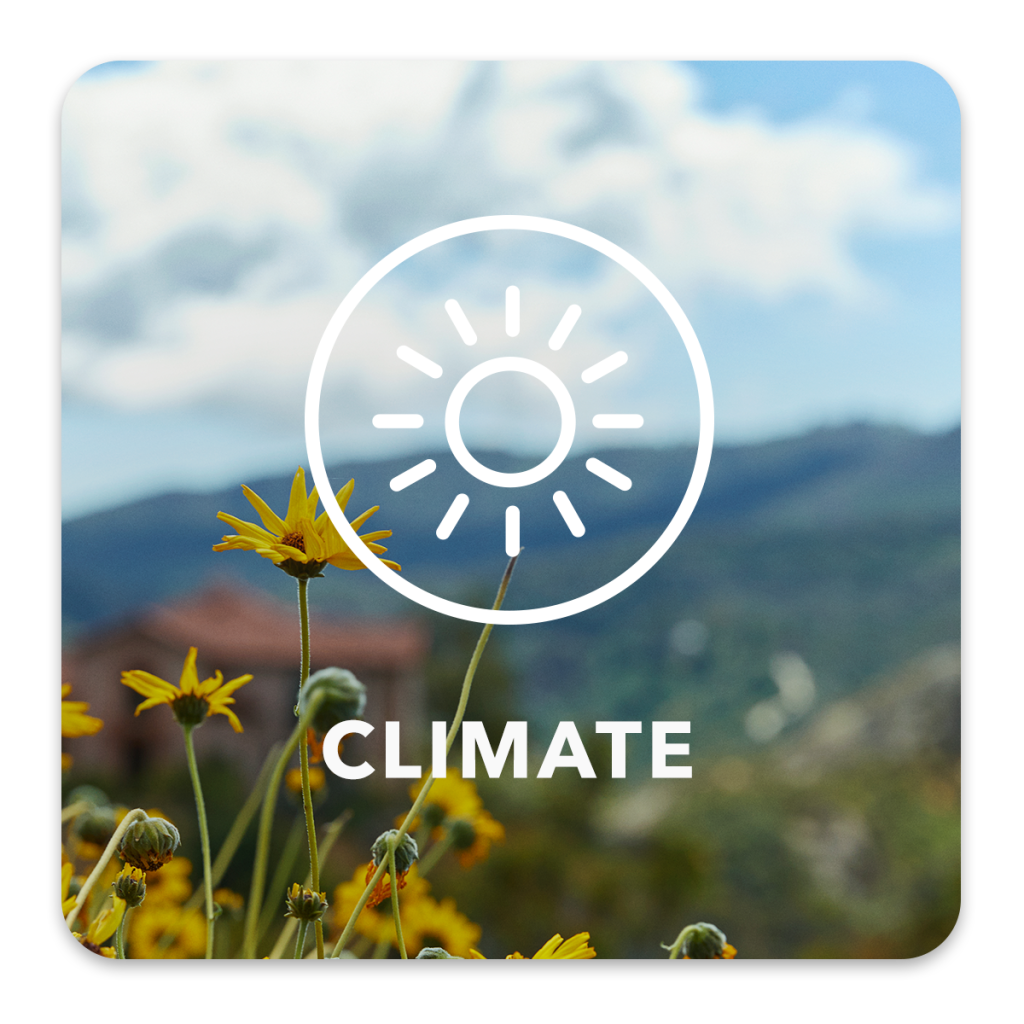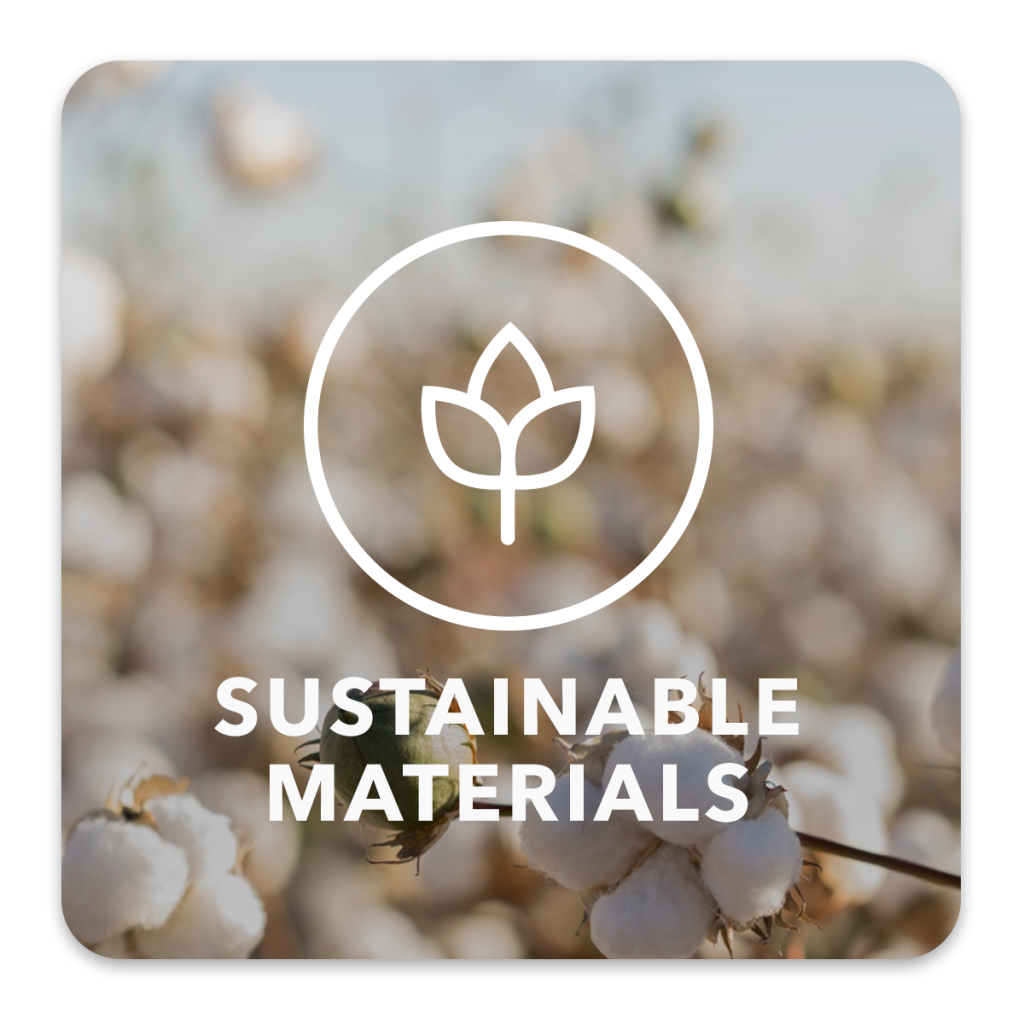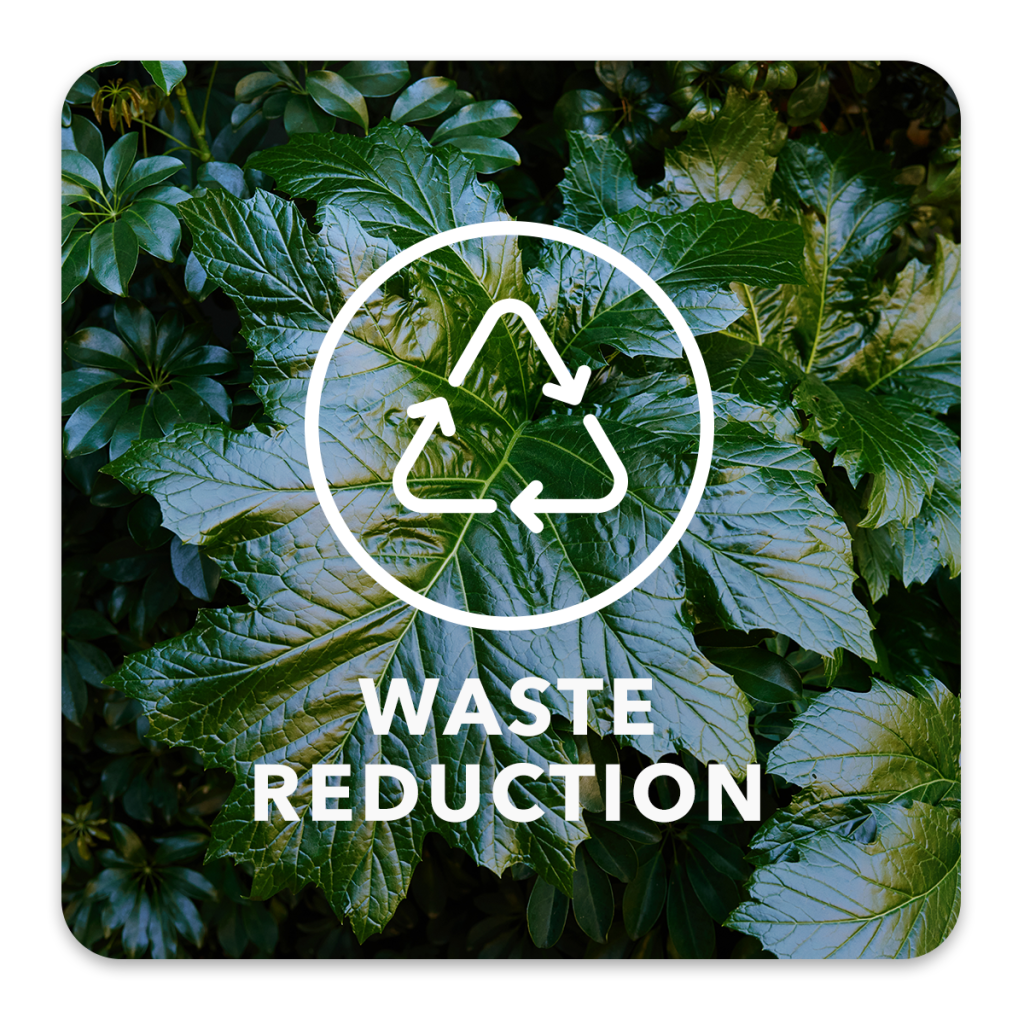
Sustainability Goals
OUR JOURNEY SO FAR
12 Gallons
The average amount of
water saved per pair of
jeans, compared to past
denim production.
100%
of eligible denim factories
now recycle their water.
62%
of our cotton comes
from more sustainable
sources.
23%
of the energy used for our
operations came from
renewable sources.

WATER LEADERSHIP

Reduce water use in our jeans production by 30%
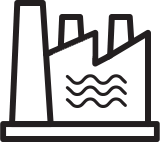
Any water leaving our factories does not pollute the environment
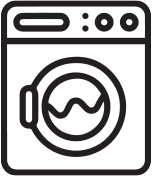
Increase the amount of water being recycled by our laundries to 50%
Sustainable Denim Washing
Garment finishing and washing is the last step in the manufacturing process to give our jeans the final look our customers love. We are working with key laundries to implement new technologies and equipment that dramatically decrease the overall water needs for this type of processing.
AEO’s Water Leadership Program
Apparel production involves a large quantity of water and needs to be treated properly. In 2013, we launched the AEO Wastewater Management Standard to provide factories with guidance on how to properly manage water and make sure that water is safe before it is discharged.
Chemical Management
AEO is committed to reducing the use and impact of harmful substances in our global supply chain. As part of that commitment, we maintain a Product Restricted Substance List (RSL), which is a dynamic document that is updated semi-annually based on changes in global legislation and corporate requirements.
Cascale
In 2016, we joined Cascale, joining a common industry approach for environmental assessments at factories. We are using Cascale’s Higg Index suite of tools to help us measure the environmental impacts of factory operations at almost 400 factories, laundries, mills and trims suppliers.

CLIMATE

Secure renewable energy for 100% of electrical power demand for owned and operated facilities by 2030

Reduce carbon emissions 40% by 2030 and 60% by 2040 in AEO’s manufacturing
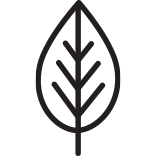
Reach net-zero emissions by no later than 2050

Phase out coal-fired boilers in our supply chain by 2030; No new factories with coal-fired boilers after 2025
AEO Climate Policy and Greenhouse Gas Emissions Reduction Strategy
AEO recognizes the scientific-consensus that climate change is real and significantly impacts our world. AEO is committed to reducing our impact on the environment, preserving natural resources, and promoting the well-being of our communities.
LEED Certified Facilities
LEED (Leadership in Energy and Environmental Design) is a green building rating system that provides a framework for healthy, highly efficient, and cost-saving green buildings. AEO LEED Facilities:
- Hazelton Distribution Center – LEED Silver
- Mexico Corporate Office – LEED Platinum
Renewable Energy
AEO’s commitment to the RE100 initiative has increased the amount of renewable energy we source. We recognize the following renewable energy sources, as defined by the RE100 Technical Criteria: wind, solar, geothermal, sustainably sourced biomass and sustainable hydropower. We began sourcing renewable energy for our offices, distribution centers and stores in Pennsylvania and Ohio at the end of 2018 and expanded to cover New York, Texas, Connecticut, and Illinois at the end of 2020.
Smarter Energy Systems
New stores are being built with an Energy Management System (EMS) that allow us to make sure lights and heating/cooling systems are turned off when no one is in the store. It also allows us to identify and diagnose energy anomalies, such as a bad compressor or other equipment failure.
Energy Savings with LED Lights
Since 2014, we’ve changed the lighting in our stores to LED, resulting in savings 3,050 tons of carbon dioxide. This is equivalent to removing 582 cars from the road. We also replaced and installed LED lighting on our Pittsburgh campus, which reduced our energy usage by 40% and will finish installing energy saving LED lighting in our distribution centers by the end of 2022.
Product Manufacturing
We started the journey to meet our ambitious 40% emissions reduction target for manufacturing by collecting metrics on supplier energy performance via Cascale’s Higg Facility Environmental Module (FEM). This tools helps us measure the environmental impacts of factory operations at over 300 factories, mills and laundries.

SUSTAINABLE MATERIALS

All cotton used in products will be 100% more sustainably sourced

Ensure that 100% of viscose is from non-endangered forests and increase sourcing of sustainably produced viscose fibers
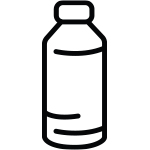
Use 50% more sustainable polyester
Material Footprint and Progress to Goals
Three types of fibers make up the vast majority of our overall material footprint so we have focused our efforts to transition to more sustainable materials on these fibers.
Cotton
One of the programs that makes up a large percentage of our sustainable cotton is the Better Cotton Initiative. In 2015, we joined Better Cotton, a non-profit organization whose mission is to help cotton communities survive and thrive, while protecting and restoring the environment.
Recycled Polyester
Post-consumer plastic bottles can be turned into polyester fibers preventing the need to use virgin resources and also keeping bottles out of landfills or the ocean.
Man-made Cellulosic Fibers
Man-made cellulosics are a type of regenerated fiber made primarily from the dissolved pulp (“cellulose”) of trees, such as viscose/rayon, lyocell, and modal.
Jeans Redesign Program
American Eagle developed a limited denim collection using guidelines as a part of the Ellen MacArthur Foundation’s Jeans Redesign project. The AE x Jeans Redesign collection uses guidelines developed by the Foundation’s Make Fashion Circular
Textile Exchange
Textile Exchange (TE) is a global nonprofit that creates leaders in the preferred fiber and materials industry. They develop, manage and promote a suite of leading industry standards, as well as collect and publish critical industry data and insights that enable brands and retailers to measure, manage and track their use of preferred fiber and materials.

WASTE REDUCTION
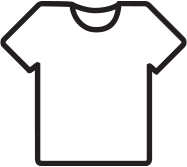
Recycle apparel waste (used or unsold clothes, etc.)

Convert all labels to sustainably
sourced materials

Reduce plastic packaging or move to alternatives with less impact
Apparel Recycling
According to the U.S. Environmental Protection Agency, 32 billion pounds of clothing, shoes, and other textiles end up in landfills in the U.S. each year. We aim to be part of the movement towards a circular economy where pre-loved apparel and footwear can be reused or re-manufactured into new products.
Plastic Packaging
We often receive feedback from our customers on this issue and we want you to know that we hear you! We also want to see how we can impact plastic use in this way.
Sustainably Sourced Labels
We are well on our way to making sure that all labels on AEO products are made using sustainably sourcing raw materials. Aerie and American Eagle labels have already been converted to recycled polyester. We continue to look for opportunities to further reduce the amount of labels and marketing items on our garments.
Recycling
Every year through our Clean and Green initiative, we tackle paper recycling on a huge scale across our corporate and distribution locations. We encourage AEO associates to clean-up documents, files, and records.
